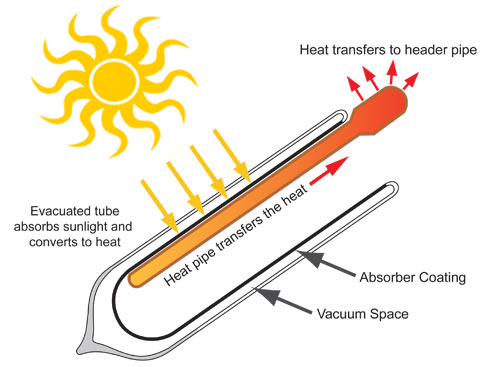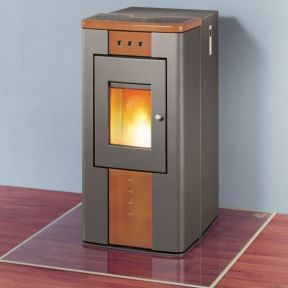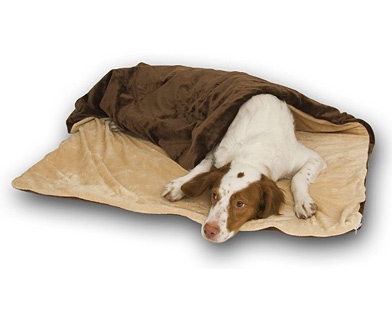Given that it’s currently topping out at a chilly 9 degrees in the upper Blue Mountains, I thought it might be a good time to talk about heating for this build. A quick update first; the container home company came good with a vengeance, replying soon after my last post and sending me all the files I needed, plus they have also been very helpful in passing on information and contacts for some other aspects of the build, all of which I’ll go into later. So they are back in the good books!
If you picked up on the Tiny Homes influence on this build it might not be a huge surprise to hear that I am trying to go green with heating and power. Going totally off-grid is out of my budget for now as I don’t have a spare $20K to spend on a giant deep cycle battery bank and associated trappings for solar power storage. Plus there are some incredibly efficient new batteries and solar panels under development and I’m partly waiting to see how that new technology develops. Some of the cooler stuff includes aluminium graphite batteries that can charge a smart phone in 60 seconds, and similar advances in lithium ion batteries, although I didn’t realise the latter type also have an occasional tendency to explode. That might not gel well with my Flame Zone rating…
The plans so far then? Evacuated tubing to give me solar hot water, which I believe is more efficient than normal PV solar panels for these colder, mistier climates. I looked into whether the tubing system could also power hydronic heating for the house (using hot water in tubes, either under the floor or in the walls/radiator panels), but of course the trick is that in winter when you most need heat it gets very cold, rainy, cloudy and misty so evacuated tubing alone has got Buckleys of heating that much water. That means the system will need a boost to heat water in winter, and I am pretty keen on a wet-back wood fire stove for that additional heat.


Anyone who lives in the area will know there are a LOT of power blackouts in the colder, stormier months. So adding only an electric booster to the solar system could spell disaster, or at least a mild case of hypothermia. A slow combustion stove is hard to beat for heat output and one with a cooktop would mean I could keep a stew and a kettle on top, so not only would I be warm during the blackouts, I could eat and have tea as well. There is also the super efficiency of using wood for warmth, which heats you three times – collecting/carrying it, chopping it, then burning it.
The good old ATA (Alternative Technology Association) showed that connecting a new home to gas is not a good option in the long term due to rising costs, and technically timber is a more sustainable fuel if it’s sourced from plantations only. In my case I have to remove some trees in order to put a house on my block and quite a few of them are very dead and so are well seasoned wood, which I am thinking should supply me with firewood for quite some time. I am not sure how you can be very dead as opposed to just dead, but if you saw the trees you’d know what I mean. They look to be mostly Silvertop Ash which, although not right up there with ironbark, makes good firewood from what I’ve read. I’ll also be using some of the timber to make interior feature walls and other timber bits and pieces in the house.


I did look into pellet heaters, which apparently are all the rage in Europe but have only just hit Australia recently. They run off hardwood pellets made from sawdust waste from timber mills and burn more efficiently than a slow combustion stove, putting out more heat and less pollution. They also take up less space, needing less clearance from the wall and instead of requiring a long vertical flue through the ceiling can be flued out horizontally through the wall which makes for cheaper installation.
However, the issues for my site are that they have some fancy electronics in them to create all that efficiency, including thermostats and an automatic pellet feeding mechanism – I thought a hopper was some sort of lagomorph but no it’s a cool little tray in a pellet stove that stores the pellets and feeds the stove as it cries out “please sir, can I have some more?”.

So, the pellet stove needs electric power therefore a blackout would still mean no heating, unless the stove has a battery backup. I could look into a battery back up, but the other cons are that these stoves need professional servicing once a year as they have fancy-pants parts than can break, and there are not many suppliers in Australia yet so servicing would be no easy feat from the mountains. The pellets also don’t seem to be very widely available yet – if anyone knows a reliable supplier in the Mountains I would love to be corrected on that.
The wood stove is therefore still the winning option. With the evacuated tubing plus the wet-back stove I could then run hydronic heating, but with a building footprint of only around 60 square meters the wood stove would make any further heating pretty redundant, so the stove can just boost my hot water and I’ll save a fortune not installing hydronics. I would also put a reversible fan or two up in the second story loft to push the heat back down.
The house will be well insulated and sealed, so I can assess any further heating needs after one winter in it. I do like the instant heat of gas, particularly if you are out all day otherwise you get home and need to light the fire and then wait an hour to get warm. But I could have a little electric heater on standby for that, or get one of those sexy little granny rugs which are like electric throw blankets for your knees.

Back to the DA drawings for me – I have been busy with my day job lately so am waiting on quotes to see if I can get the drawings finished professionally (by a drafter or architect), as in theory it would take someone who knows what they are doing a lot less time to get them done. And they would be less likely to miss something or stuff up. If they are all busy with other jobs though it might not be quicker, so I will have to wait and see. I have to admit the shine has come off the DA process for me, it’s drawing out way too long now and it’s not even submitted yet.

Hi Kelly, good to hear that things are back on track. The first year I lived in Halls Gap the house I rented had a pellet heater, which initially I thought was a good thing. BUT the pellets were hard to source (I think I had to get them from Ballarat) and they weren’t cheap. Then the mechanism that fed pellets started to not work all the time, so not a fan in the end.
If you’re serious about the granny rug I think I still have Mum’s electric knee throw if you want it. I find those cheap fake fur throws work quite well to keep out the draughts, although our place is much better now Frank has done some draught proofing.
Stay warm xo
LikeLiked by 1 person
Thanks Sylvia, very helpful info! Seems to line up with other reviews of pellet stoves that I’ve read. Maybe a few years down the track they’ll be more reliable and with better fuel availability, I like the concept. Not sure about the knee rug yet, but thanks heaps for the offer 🙂 The container house will be well sealed and insulated so am hoping I won’t need additional heating, but will see how it goes.
LikeLike
not sure if this is of interest Kell, there’s an organisation in Katoomba Against the Grain which makes biomass briquettes out of sawdust, but they’re pretty loosely put together and fall apart in any damp. 4782 3210. Then re drafting plans. Mark Davis (who lives in a straw bale house in my street) info@markdavisdesign.com.au may be of interest. I don’t know about his fees or work, but he has won some awards on the eco front.
Love following your blog….xx
LikeLiked by 1 person
Thanks Leonie, will look into it, the briquettes might be worth a try in the normal wood fuel stove. Thanks for the contact too!
LikeLike
Hi
To create the rooftop garden did you have to modify the steel frame for the extra weight of people walking up there or was the frame strong enough to use as it was.
Thanks gavin
LikeLike
Hi Gavin,
Sorry for the slow reply. I don’t have a rooftop garden on this design, just the rooftop deck. But yes for any roof access you’ll need to reinforce, the sheet metal container roofs themselves are only built to take about 200 or 300kg I think. The frames are strong so my plan is to just extend the deck so that the supports lie over the edges of the containers, rather than finishing short of them. For a rooftop garden if you are adding soil that could add a lot of weight. Hope this helps. Cheers, Kellie
LikeLike